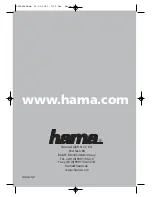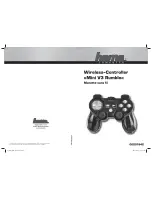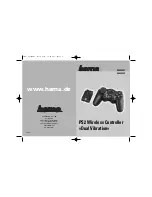
3-2
Computer Group Literature Center Web Site
172Bug Firmware
3
172Bug includes:
❏
Commands for display and modification of memory
❏
Breakpoint and tracing capabilities
❏
A powerful assembler/disassembler useful for patching programs
❏
A “self-test at power-up” feature which verifies the integrity of the
system
In addition, the TRAP #15 system calls make various 172Bug routines that
handle I/O, data conversion, and string functions available to user
programs.
172Bug consists of three parts:
❏
A command-driven user-interactive software debugger, described
in this chapter. It is referred to here as “the debugger” or “172Bug”.
❏
A command-driven diagnostic package for the MVME172P4
hardware, referred to here as “the diagnostics”.
❏
A user interface or debug/diagnostics monitor that accepts
commands from the system console terminal.
When using 172Bug, you operate out of either the debugger directory or
the diagnostic directory.
❏
If you are in the debugger directory, the debugger prompt
172-Bug>
is displayed and you have all of the debugger commands at your
disposal.
❏
If you are in the diagnostic directory, the diagnostic prompt
172-
Diag>
is displayed and you have all of the diagnostic commands at
your disposal as well as all of the debugger commands.
Because 172Bug is command-driven, it performs its various operations in
response to user commands entered at the keyboard. When you enter a
command, 172Bug executes the command and the prompt reappears.
However, if you enter a command that causes execution of user target code
(for example, GO), then control may or may not return to 172Bug,
depending on the outcome of the user program.
Artisan Technology Group - Quality Instrumentation ... Guaranteed | (888) 88-SOURCE | www.artisantg.com
















































